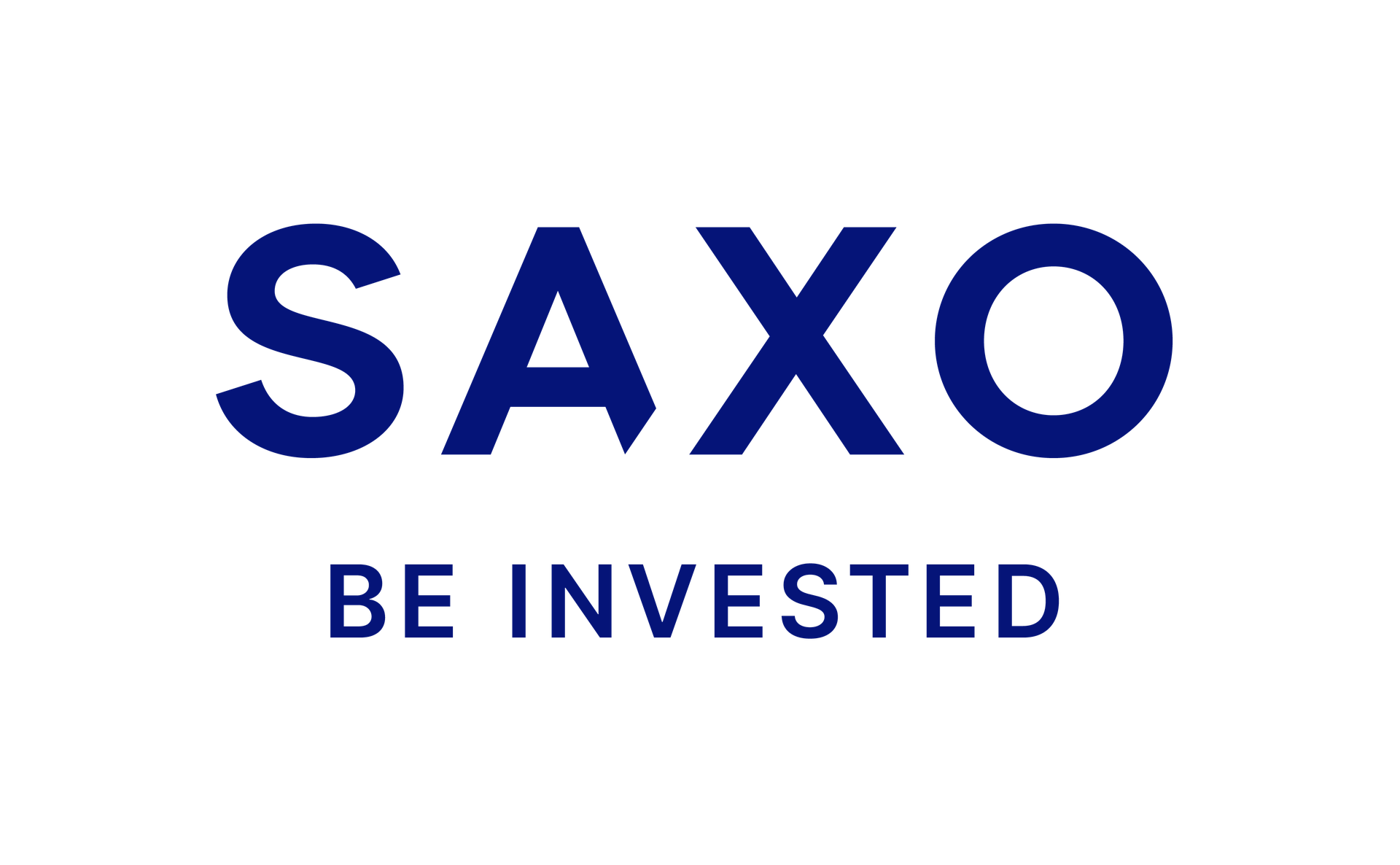Table of Contents
This column’s judgment on bitcoin has been consistently wrong.
A minicab driver’s recommendation that he should buy cryptocurrency at an East End kiosk, when the price was below $100, was off-putting.
My view that cryptocurrencies were a fad that would pass was reinforced by luminaries like outgoing Morgan Stanley boss James Gorman and former Federal Reserve Chairman Alan Greenspan.
The collapse of FTX and the prosecution and 25-year sentence for founder Sam Bankman-Fried convinced me that cryptocurrencies were nothing more than a fraud and a way for terrorist organizations, such as Hamas, to circumvent money laundering rules. .
Cryptocurrency boom: Bitcoin has soared a dizzying 30% since Donald Trump won a second term in the White House
In the last year alone, Wall Street’s Securities and Exchange Commission (SEC) imposed fines of £3.5 billion on cryptocurrency fraudsters. Despite the legacy of wrongdoing, mistrust, and abuse by terrorists, bitcoin traders and backers have become very rich.
One imagines that my taxi driver is now a multimillionaire who lives on a farm in the countryside.
The dizzying 30 percent rise in bitcoin’s value toward the $90,000 mark since Donald Trump won a second term in the White House makes the spectacular gains in the S&P 500 and other asset classes look modest.
Cryptocurrency owners and buyers are betting that the Trump Administration will normalize bitcoin as an asset class. Currently, only a limited number of exchange-traded funds and alternative investment specialists trade regulated cryptocurrencies.
But with a different, less hostile SEC regime and Department of Justice, cryptocurrency bulls believe bitcoin and Elon Musk’s favorite dogecoin are here to stay.
Whether this justifies the rise and rise of bitcoin is a moot point. Unlike gold and government-backed fiat currencies, there is no anchor for bitcoin.
In the era of climate change, bitcoin is indirectly a large emitter due to the computing power required to “mine” new cryptocurrencies.
For all the riches it may have generated, bitcoin risks being the 21st-century equivalent of the 17th-century mania for Dutch tulip bulbs.
Nervousness at the Federal Reserve
Firing Federal Reserve Chairman Jay Powell may be more trouble than it’s worth. The political and market reaction to Donald Trump would be destabilizing and unnecessary given that the Federal Reserve chief’s term ends in 2026.
Trump, however, blames Powell for allowing inflation to get out of control (although it may have been a factor in his election victory) and for keeping rates too high for too long.
The situation at the US central bank is very different from that of 1979, when then-President Jimmy Carter made the fateful decision to replace G. William Miller as chairman of the Federal Reserve after only one year in office.
Consumer prices were rising, an effort to control them through income policy was failing miserably, and the dollar was in free fall.
The US currency was so weakened that the Administration considered it necessary to reinforce reserves with a temporary credit from the International Monetary Fund.
Miller was transferred from the Federal Reserve to the Treasury and America’s most respected financial official, Paul Volcker, was recruited to the central bank.
He immediately moved the United States to adopt a monetary approach to curb inflation, sharply raising official interest rates and imposing a surcharge on credit card loans.
The policy shift, which plunged the United States into recession, gave Carter’s 1980 opponent, Ronald Reagan, an easier path to the White House.
Powell made clear last week that he would not go voluntarily. Any attempt to remove him could lead to a showdown, which could reach the Supreme Court.
The president’s right to fire “independent” federal officials, theoretically accountable to Congress, is questioned. None of this would probably be well received in the markets.
Trump’s goal of lowering interest rates more quickly could be thwarted.
pharmaceutical votes
Fascinatingly, AstraZeneca CEO Pascal Soriot is doubling down on his investments in the United States.
Britain’s second-largest listed company plans to invest $3.5bn (£2.7bn) in new plant therapies in Maryland, Texas and California. Soriot praised the United States for its talent and “health innovation.”
After the recent problems, the United States obviously looks better than China. AZ’s new enthusiasm for America could be interpreted as a repudiation of Labour’s failure to capture Britain’s scientific and pharmaceutical agenda.
DIY INVESTMENT PLATFORMS

AJ Bell

AJ Bell
Easy investing and ready-to-use portfolios

Hargreaves Lansdown

Hargreaves Lansdown
Free Fund Trading and Investment Ideas

interactive inverter

interactive inverter
Fixed fee investing from £4.99 per month

sax

sax
Get £200 back in trading fees

Trade 212

Trade 212
Free trading and no account commission
Affiliate links: If you purchase a This is Money product you may earn a commission. These offers are chosen by our editorial team as we think they are worth highlighting. This does not affect our editorial independence.


